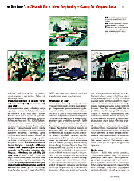 |
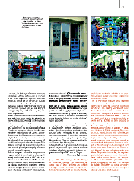 |
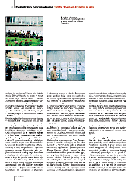 |
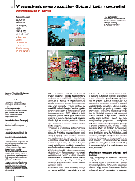 |
|
Konteksty, Warsaw 12/2004, PAge 36-39
W poszukiwaniu nowego poczatku – Obóz architektury opozycyjnej w Berlinie
In Search for a New Beginning – Camp for Oppositional Architecture in Berlin
One cannot create oppositional architecture if he is working for McDonald’s
Agnieszka Dabrowska
English Summary:
(…)In 1969,while summing up his critical theory of architecture, Manfredo Tafuri mentioned the useless angst of “leftist” architects. An architect working in this society, enclosed in the capitalist system, cannot hope to invent any radically different, revolutionary or utopian architecture or space. It is useless to struggle when one is trapped inside a capsule with no exit.
The “An Architektur ” magazine which organized the international open congress in Berlin called this year’s event the Camp for Oppositional Architecture. The meeting was devoted mainly to the discussion on various “resistance forms ”, i.e. methods of oppositional actions in architecture and planning understood here as a kind of a capitalist production. In closed factory buildings where printing machines had been produced, an experimental three-day commune was established. More than 100 people from 16 countries met in the once-working district of Wedding in Berlin, now inhabited by Turkish immigrants. They were architects, theoreticians and critics of architecture and art, planners, artists, cultural scientists, sociologists, writers and journalists. Many of them were already involved in some communal undertakings or research and artistic projects. In order to participate in the Berlin congress, it was enough to send a short presentation of one ’s work or research, or articulate one ’s thoughts and opinions on the main theme. The participation was free, the organizers provided sleeping space and meals. In one of the factory halls a common bedroom was arranged; a platform made of 7000 blue plastic bottle boxes, topped by mattresses and tents, was designed by students. The kitchen and dining room in the factory yard were common as well; cooking and cleaning were done collectively.(…)
 Camp 2009
Camp 2009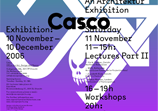 Camp 2006
Camp 2006 Camp 2004
Camp 2004 Charter
Charter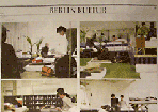 Press
Press